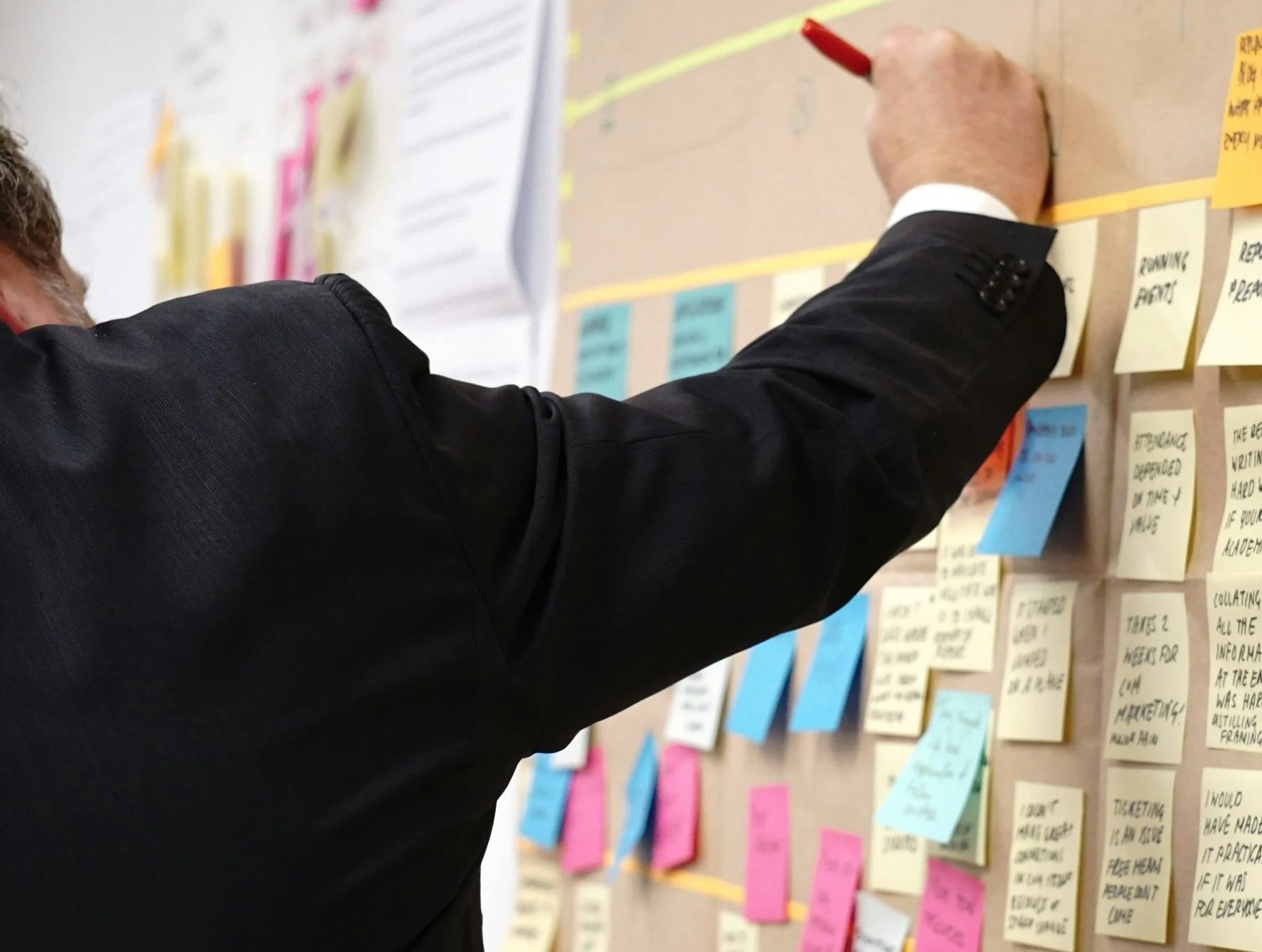

Powered by Kennedy Woods
The job market is changing faster than ever before. Is the way we teach keeping up?
The British Council predicts that 65% of young people will be employed in jobs which don’t yet exist. And yet, the way we teach has been relatively fixed for over a century. Is a cross-disciplinary, skills-based approach the way forward?
The current job market is a good indicator of where we stand as a generation. As technology evolves, new jobs are created to facilitate these changes.
Right now, the UK occupation shortage list includes health services, nuclear scientists, archaeologists, engineers, tech developers, vets, orchestral musicians, fishermen, and certain construction workers. Some of those careers are centuries old, but others have clearly been influenced by factors like Covid, Brexit, and both the green energy and tech transitions.
Fast forward to 2040, and career paths might include ‘data detective’, artificial intelligence psychologist’, ‘extinct species revivalist’ and ‘metaverse architect’. It’s hard to see how most school’s curricula would prepare students to fill those positions.
It gets more complicated when we consider that the average person will now go through five to seven careers before they retire. Workers will need to constantly re-skill and adapt. The students of today should not think of fields of study as rooted in static foundations but as evolving areas of interest and innovation.
The School of Humanity, a high-school and innovative movement which puts real-world projects in place of exams and developing skills in place of rote learning, maintains that children are done a disservice by a school system which separates curricula into subjects. This separation of our education system into subjects goes back centuries, but reality is inter-disciplinary and does not fit so neatly into defined categories.
Chris Colbert, a global speaker and advisor on technology and innovation who spent time as the Managing Director of the Harvard Innovation Labs, told me that common attributes in successful entrepreneurs are remarkably similar to those that the 21st century now requires of everybody. “We need graduates to be open-minded, risk amenable, a quick learner, and integrative in terms of understanding connections.”
For Mr Colbert, it’s modular spaces which really make a difference: flexible furniture that provides the ability to move tables and chairs seamlessly, creating small gatherings at the spur of the moment.
He believes that teamwork, which crosses subjects and students, should be foundational to our school system. As should creativity. He tells me about running an ad agency in the 90s where they painted all the walls with whiteboard paint - from the hallways to the offices to the bathrooms. This collaborative, visual process was integral to the company’s success.
The education system is a legacy institution, and its rate of change seriously lags behind the business and leisure sectors. Mr Colbert said, “For parents and teachers to embrace a new system is to imply that the old system was flawed. That’s part of the psychology of why legacy institutions hold on as long as they do and are so embedded. We are a part of them.”
Differentiated subjects and classes are so ingrained in our school system that it’s hard to imagine the school day without them. But as adult life evolves to become ever more interdisciplinary, it’s time to consider how the systems and architecture of our schools can change to champion adaptability and cross-connective learning.
Tom Woods, director at architecture practice Kennedy Woods, is on a mission to change the way we design schools. He champions the involvement of children and their communities in the creative process, and through the studio’s programme In The Making, he’s opening up careers in design to more young people.





